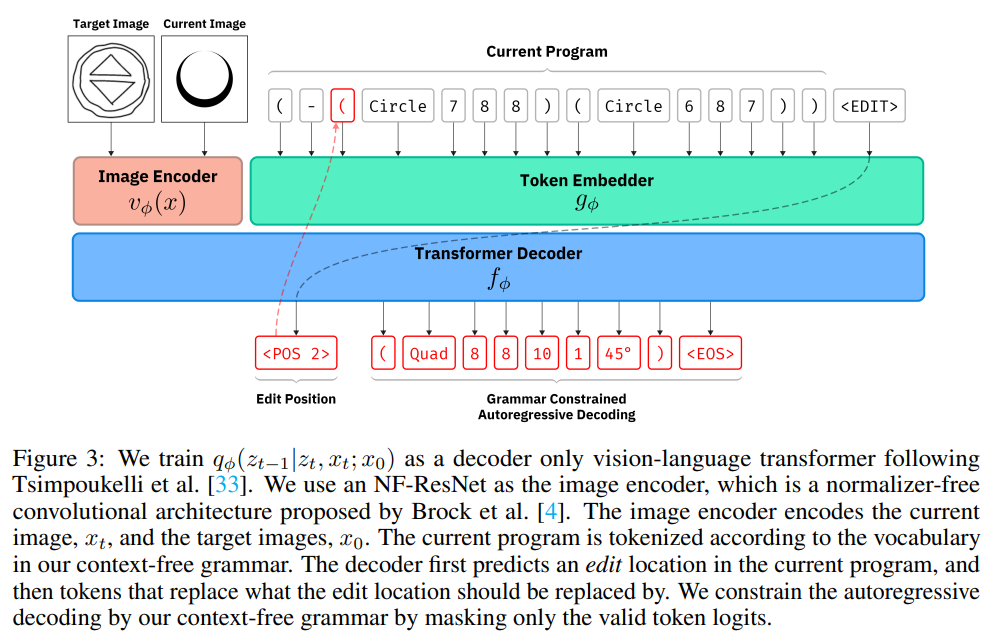This content originally appeared on HackerNoon and was authored by Photosynthesis Technology: It's not just for plants!
Table of Links
Appendix
3.4 Architecture

\
We add two additional types of tokens: an
\ We set σsmall = 2, which means the network is only allowed to produce edits with fewer than two primitives. For training data, we sample an infinite stream of random expressions from the CFG. We choose a random number of noise steps, s ∈ [1, 5], to produce a mutated expression. For some percentage of the examples, ρ, we instead sample a completely random new expression as our mutated expression. We trained for 3 days for the environments we tested on a single Nvidia A6000 GPU.
\

\
:::info Authors:
(1) Shreyas Kapur, University of California, Berkeley (srkp@cs.berkeley.edu);
(2) Erik Jenner, University of California, Berkeley (jenner@cs.berkeley.edu);
(3) Stuart Russell, University of California, Berkeley (russell@cs.berkeley.edu).
:::
:::info This paper is available on arxiv under CC BY-SA 4.0 DEED license.
:::
\
This content originally appeared on HackerNoon and was authored by Photosynthesis Technology: It's not just for plants!
Photosynthesis Technology: It's not just for plants! | Sciencx (2025-09-24T16:00:03+00:00) Syntactically Valid Code Editing: A Training Methodology for Neural Program Synthesis. Retrieved from https://www.scien.cx/2025/09/24/syntactically-valid-code-editing-a-training-methodology-for-neural-program-synthesis/
Please log in to upload a file.
There are no updates yet.
Click the Upload button above to add an update.
